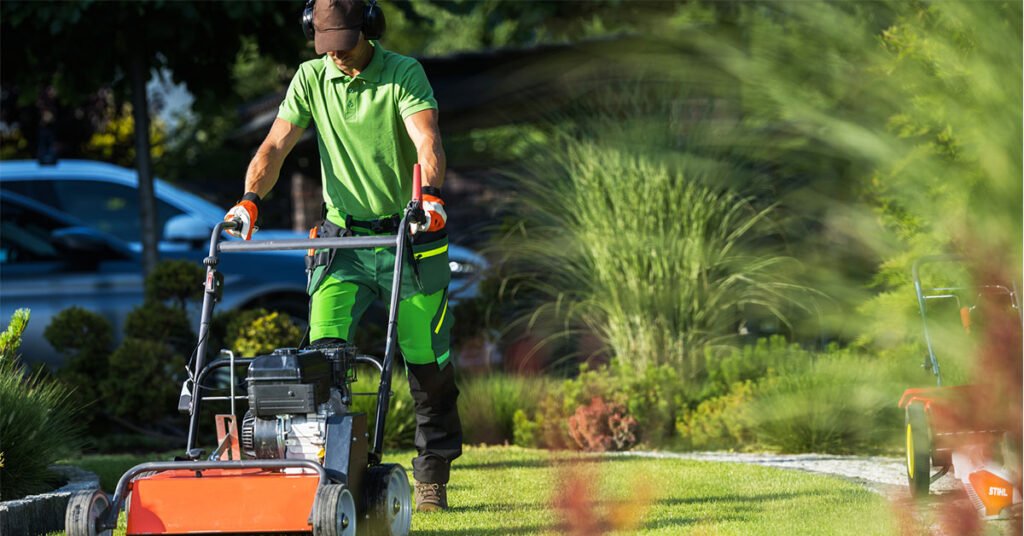Are you passionate about creating beautiful outdoor spaces? Do you dream of turning your love for landscaping into a successful career? If so, you’ve come to the right place! In this comprehensive guide, we’ll walk you through the process of how to get a landscaping license in california, paving the way for a rewarding career in the thriving green industry.
Why Become a Licensed Landscaper in California?
Before we dive into the nitty-gritty details, let’s discuss why obtaining a landscaping license in California is essential. First and foremost, holding a valid license demonstrates your expertise and professionalism in the field.
It instills trust and confidence in potential clients, setting you apart from unlicensed competitors. Additionally, many municipalities and homeowners associations require licensed landscapers for various projects, giving you access to a broader range of opportunities.
How to Get a Landscaping License in California
Obtaining a landscaping license in California is a multi-step process that requires careful planning and preparation. Follow these steps to navigate through the licensing procedure smoothly:
1. Determine Your License Classification
The first step in getting your landscaping license is determining the specific classification that best aligns with your skills and business goals. California offers several classifications for landscaping contractors, including:
- C-27: Landscaping Contractor
- D-49: Tree Service Contractor
- C-61: Limited Specialty Classification (for specific landscaping tasks such as irrigation, fencing, or masonry)
Choose the classification that corresponds to the type of landscaping work you intend to perform.
2. Meet the Eligibility Requirements
Before applying for your landscaping license, you must meet certain eligibility criteria established by the Contractors State License Board (CSLB). These requirements typically include:
- A combination of education and work experience in the landscaping industry.
- Completion of a qualifying examination related to your chosen license classification.
- Proof of financial responsibility, such as a surety bond or minimum net worth.
- Liability insurance coverage to protect yourself and your clients against potential risks.
Ensure that you fulfill all eligibility requirements before proceeding with the application process.
3. Prepare for the Licensing Exam
Once you’ve confirmed your eligibility, the next step is to prepare for and pass the licensing examination administered by the CSLB. The exam assesses your knowledge and understanding of various landscaping principles, practices, and regulations. Study materials and resources, including reference books and practice exams, are available to help you prepare effectively.
4. Submit Your License Application
After adequately preparing for the exam, submit your license application to the CSLB. The application form can be completed online through the CSLB’s website or by mail. Provide accurate and comprehensive information, including details of your education, work experience, and any relevant documentation required.
5. Schedule and Take the Licensing Exam
Upon approval of your application, you will receive notification to schedule your licensing examination. Choose a convenient exam date and location, and arrive prepared to demonstrate your knowledge and competency in landscaping practices. The exam typically consists of multiple-choice questions covering various topics relevant to your chosen license classification.
6. Obtain Insurance and Bonding
Before your license can be issued, you must obtain the necessary insurance coverage and bonding as mandated by the CSLB. Liability insurance protects you and your clients in case of property damage or personal injury, while bonding provides financial security and assurance to consumers.
7. Pay Fees and Await License Issuance
Once you’ve passed the licensing exam and fulfilled all requirements, pay the applicable fees to the CSLB and await the issuance of your landscaping license. Upon receiving your license, you are officially authorized to perform landscaping services within the scope of your classification in California.
Read More: Can Perennials Grow through Landscape Fabric?
Conclusion
Navigating the process of obtaining a landscaping license in California may seem daunting, but with careful planning and preparation, it is entirely achievable. By following these steps and meeting the necessary requirements, you can embark on a fulfilling and successful career as a licensed landscaper in the Golden State.



